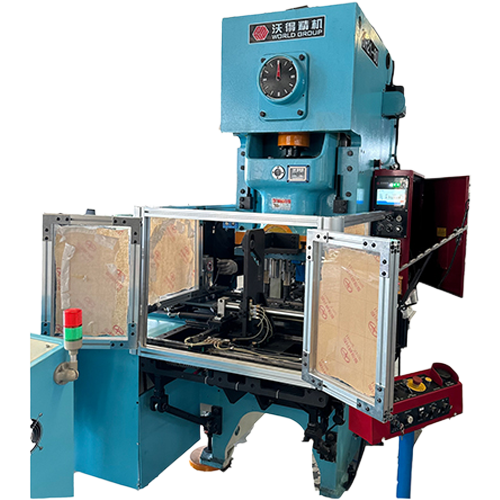Mold Type
Type of mould
Depending on the application needs and budget, the material of the mold will also vary. For example, a mold for production may be made of an aluminum/epoxy alloy material. Generally speaking, the longer the mold is used, the lower its cost will be. Today, some manufacturers are using 3D printing technology to create molds. However, these technologies can be costly. A practical suggestion is that the type of mould should be chosen according to the application needs. In general, the economy that aluminum die casting molds can provide in large-scale production. However, plastic injection molding requires more complex molds, which can be more expensive.
Silicone rubber may be used in the production of a mold in which plastic injection molding is performed. Molds can also be made from materials such as aluminum, copper, and epoxy resins. These materials are common. However, there are many other materials that can be used. Selecting materials based on application needs and budget can reduce costs.
The metal core is a core type commonly used in injection molding. Typically, they are between 0.125 and 0.25 inches thick and are cast in two portions. These cores are typically used in mold forming with simple internal surface details. Unlike polymer cores, metal cores can be formed in conventional injection molding machines. However, they require long development times. Furthermore, they melt at twice the temperature of the plastic injected into the mold. This may cause deformation of the injected plastic.
Other metals used in mold making include brass, copper, and aluminum. These materials are used to produce various components. A common alloy composition is 58% bismuth and 42% tin. This alloy has a melting point between 98 and 800 degrees Fahrenheit. It is also used in molds for making nylon 66. The melting point of such an alloy can be adjusted by changing the alloy ratio.
Tool steel is another common mold material. This steel is designed for high strength and impact resistance. It is also easy to process. However, tool steel is more expensive. This alloy is also known for its excellent wear resistance. Other types of mold materials include brass, copper, and epoxy.
Polymer cores are often used in mold making where internal details are not required. The polymer core generally has a thickness of between 3.2 and 6.3 mm. They are usually injection molded in two parts and then joined together by ultrasonic welding. Polymer cores are less common than metal cores, but they are often used in small-batch production. They are also an affordable type of core mold used in injection molding. However, they are not as accurate as metal cores.
The materials used for casting and injection mold making are very important. Both processes use a variety of materials and each has its own advantages. However, the key difference between the two methods lies in the materials used to make the parts and the cost of the process.
Injection molding is a more efficient process that requires less labor and produces less waste. However, it may not be suitable for applications where the components will be exposed to harsh environments. In addition, injection molding may also be suitable only for small parts.
Recommended Products


 EN
EN
 中文简体
中文简体 English
English














